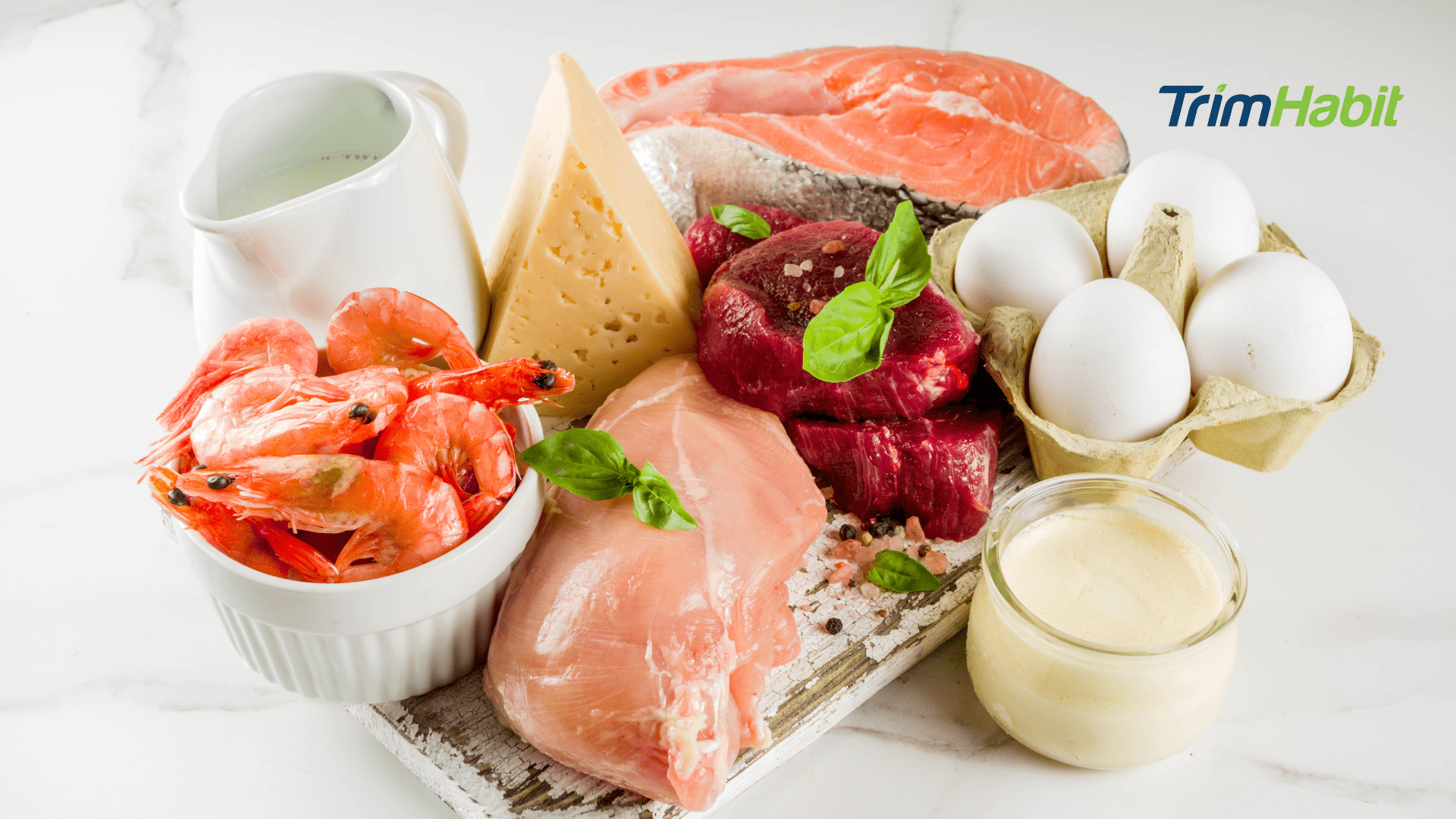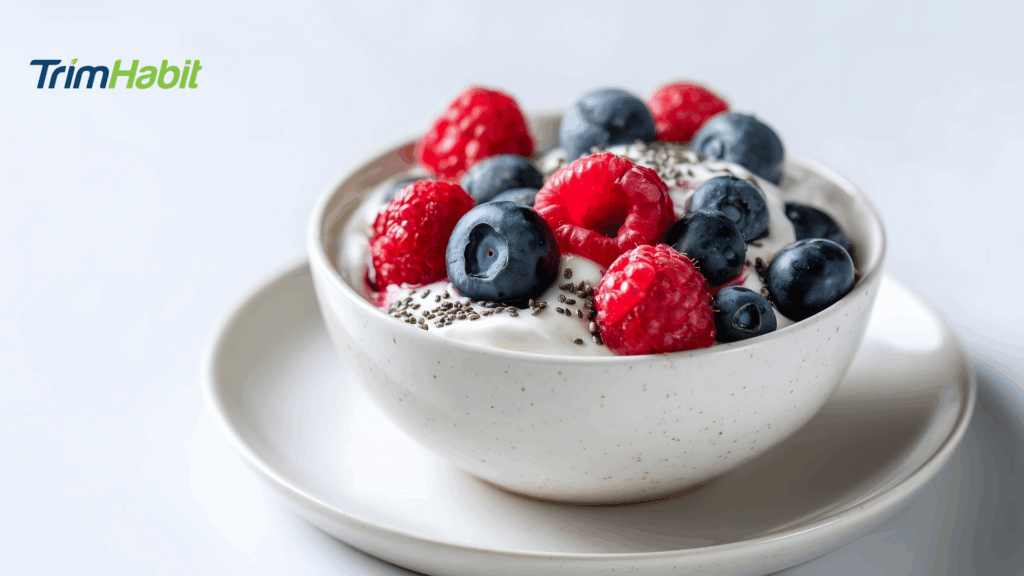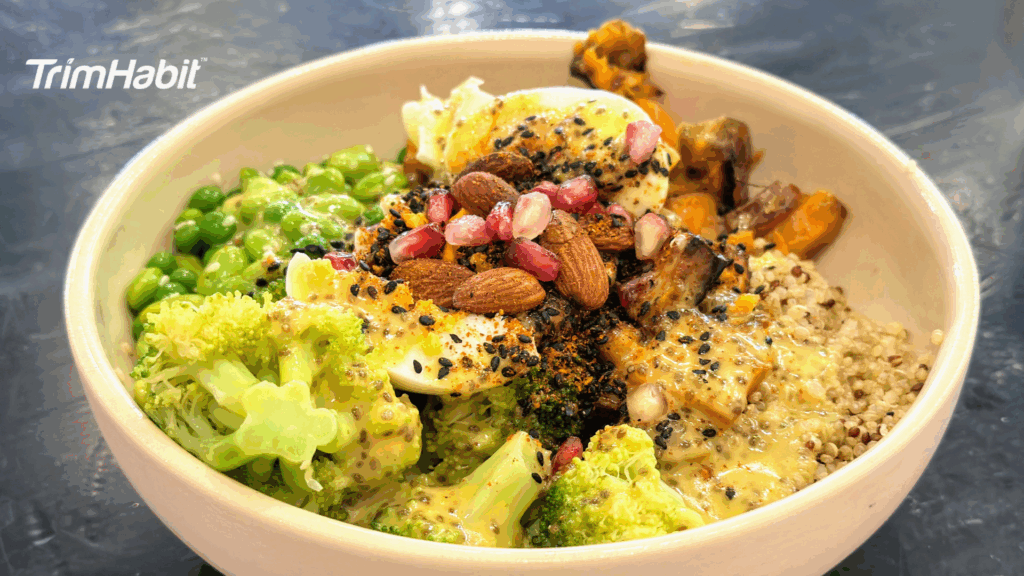When you start a medication that changes how your body processes food, the way you eat becomes a crucial part of your success. Semaglutide is widely used to support people who want to lose weight, but nutrition choices often determine how sustainable that progress will be.
Many focus on calories or portion control, yet few consider the role of protein timing while taking semaglutide. Knowing when and how to consume protein can help you maintain strength, energy, and body composition as your appetite changes.
Protein affects far more than muscle growth. It helps you feel satisfied after meals, fuels recovery after activity, and supports your metabolism. When semaglutide reduces hunger and slows digestion, adjusting your eating habits to keep protein consistent through the day becomes even more valuable.
With thoughtful timing, your meals can help you retain strength while supporting healthy weight reduction and steady energy.
How Semaglutide Changes Your Body’s Needs
Semaglutide is part of a group known as GLP 1 medications, which act on specific hormones that regulate hunger and digestion. These medications slow gastric emptying, meaning food remains in the stomach longer, helping you feel fuller for extended periods. They also assist in regulating blood sugar, which makes energy levels steadier and can reduce cravings1.
While these effects make it easier to eat less and promote weight loss, they also lower the total amount of food you consume each day. This can limit your protein intake if meals become smaller or less frequent. Protein provides amino acids that repair and preserve muscle tissue, so when less food is eaten, the body may not receive enough of these building blocks2.
Maintaining muscle strength and metabolic health requires paying close attention to what nutrients are present in each meal. If protein falls too low, you risk losing lean tissue while shedding fat. That is why protein timing and distribution become so important during semaglutide treatment.
Why Protein Matters During Weight Loss
Protein is central to maintaining lean muscle mass and preventing the kind of muscle loss that often happens with calorie reduction. It supplies essential amino acids that the body cannot produce on its own. When taken consistently throughout the day, protein encourages muscle protein synthesis, the process through which new muscle fibers are built and repaired.
During any weight loss journey, it is common to focus on the number on the scale, but body composition tells the real story. Two people can have the same body weight, yet one may have higher lean muscle and lower fat, leading to a healthier and more functional body. Preserving muscle tissue helps sustain strength, posture, and mobility while improving healthy metabolism.
Because semaglutide can reduce appetite, some people unintentionally eat too little protein. As calories drop, the body might draw from existing muscle for energy. A consistent intake of high-quality protein helps preserve lean muscle mass and supports long-term weight management3,4.
Timing Protein Intake Throughout the Day
When meals are smaller or less frequent, spacing protein evenly can make a major difference. Many people consume most of their protein at dinner, leaving breakfast and lunch low in nutrients. Yet studies show that spreading protein intake evenly throughout the day stimulates muscle repair and helps maintain satiety5.
Aim to include protein at every meal and snack. For example, breakfast might include Greek yogurt, eggs, or cottage cheese. Lunch could feature lean meats, such as chicken breast or turkey, while dinner may include fish, tofu, or beans. Each serving contributes to steady muscle recovery and stable energy levels.
This balance prevents long gaps without amino acids, which could slow the body’s ability to rebuild tissue. For people taking semaglutide, who may feel full after small meals, smaller but protein-rich portions are often easier to manage. A protein shake can also fill gaps when appetite is low.
Choosing The Right Protein Sources
The quality of your protein matters as much as the timing. Some foods contain all essential amino acids, while others need to be combined to achieve balance. The goal is to mix options that suit your tastes, digestion, and nutrition plan.
Lean protein sources such as chicken, fish, turkey, and eggs provide concentrated protein with minimal fat. Low-fat dairy products, such as yogurt and milk, provide calcium and vitamin D, which also support muscle function. For plant-based eaters, plant-based protein powders made from pea or soy can complement meals without adding excess calories.
You can also include beans, lentils, and quinoa among your high-protein foods. They are easy to pair with vegetables or whole grains for variety. Some people choose to use protein supplements to meet their targets, especially if semaglutide’s appetite suppression makes it difficult to eat full meals. Whether you choose animal or plant-based proteins, consistency is key.
Including protein in snacks can help sustain fullness between meals. Options such as low-fat dairy products, nuts, or hard-boiled eggs keep your metabolism active while providing steady nutrition. These small additions support muscle preservation and reduce the risk of fatigue during weight loss efforts.
Practical High-Protein Foods For Daily Eating
1. Tuna (Canned in Water)
A pantry-friendly source of lean protein, tuna provides around 20 grams of protein per 3-ounce serving. It’s convenient for salads, wraps, or light meals, and low in fat while being rich in omega-3s that support heart and muscle health.
2. Turkey Breast
Lean and filling, turkey breast delivers about 26 grams of protein in just 3 ounces. It’s an easy replacement for higher-fat meats and works well in sandwiches, stir-fries, or as a main dish with vegetables and grains.
3. Shrimp
Shrimp has about 18 grams of protein in a 3-ounce portion, with minimal calories. It cooks quickly, making it ideal for weeknight meals or quick lunch bowls. It also provides selenium and vitamin B12, nutrients important for metabolism.
4. Eggs (and Egg Whites)
Eggs remain a complete protein source with about 6 grams each, while egg whites provide pure protein without fat or cholesterol. They’re easy to prepare and combine well with vegetables for breakfast or light meals.
5. Tofu
Tofu contains around 10 grams of protein per half cup and absorbs flavors from sauces and spices. It’s a great option for both plant-based and mixed diets, and it can be grilled, baked, or blended into smoothies.
6. Beef Sirloin
Sirloin is a lean cut with about 25 grams of protein per 3-ounce serving. It’s lower in saturated fat than many other cuts of beef, yet still rich in iron and zinc. Pairing it with vegetables and whole grains creates a balanced, high-protein meal.
7. Milk
One cup of milk provides about 8 grams of protein, plus calcium and vitamin D for bone health. Choosing low-fat or fat-free versions helps you keep calories moderate while still getting complete protein.
8. Lentils
A plant-based staple with about 18 grams of protein per cooked cup, lentils are hearty, easy to season, and full of fiber. They keep you full longer and can replace meat in soups, stews, and salads.
9. Quinoa
Unlike most grains, quinoa is a complete protein with 8 grams per cooked cup. It’s versatile enough to serve as a base for salads, side dishes, or breakfast bowls, and it provides iron, magnesium, and fiber.
10. Cottage Cheese
Offering about 25 grams of protein per cup, cottage cheese is rich in casein, a slow-digesting protein that helps preserve muscle overnight. It pairs well with fruit for a snack or with herbs for a savory meal.
Using Protein To Support Exercise And Recovery
Exercise plays a critical role in keeping your body strong during semaglutide use. Resistance or weight training helps signal the body to retain muscle even as fat stores shrink. For this reason, pairing physical activity with adequate protein intake is vital.
After workouts, muscle fibers need amino acids for muscle repair and rebuilding. Eating a source of protein soon after exercise encourages recovery and protects against excessive breakdown. A protein shake or a meal containing eggs, fish, or tofu can give your body what it needs for muscle recovery.
This balance between nutrition and movement supports maintaining muscle mass and promoting a fit, capable body. Over time, regular strength work combined with steady protein intake makes it easier to retain muscle even during calorie reduction.
Balancing The Rest Of The Diet
Protein timing works best as part of a balanced diet that also includes healthy fats, fiber, and complex carbohydrates. These nutrients contribute to energy levels, hormone production, and digestive health. When your meals combine protein with these elements, your body stays nourished while still progressing toward your weight loss goals.
Foods such as avocado, olive oil, and nuts supply beneficial fats that complement lean proteins. Whole grains, fruits, and vegetables provide fiber and antioxidants that protect overall health. Together, these nutrients create a foundation that keeps your system steady as calorie intake decreases.
Semaglutide naturally helps reduce hunger, so each bite should count. Choosing whole foods instead of processed items improves nutrient absorption and helps control blood sugar levels. As digestion slows through slowing gastric emptying, nutrient-dense meals ensure your body still receives the essential nutrients it needs daily.
Managing Blood Sugar And Metabolism
Protein helps stabilize blood sugar and enhances glycemic control, especially important for individuals who take semaglutide for diabetes-related weight management. When meals contain sufficient protein, the rise in blood glucose after eating is smaller, and insulin responses are more predictable.
A high-protein diet supports blood sugar regulation by slowing carbohydrate digestion and reducing spikes. Consistent protein throughout the day keeps you feeling full and reduces cravings for refined sugars. This steady pattern supports a healthy diet and helps prevent fatigue or energy crashes.
Balanced meals with lean proteins, fiber, and healthy fats sustain a healthy metabolism. Together, these elements work to stabilize hormones and keep your body’s systems running efficiently as weight changes.
Avoiding Common Mistakes
One of the main concerns during semaglutide use is rapid weight loss. While seeing the scale move quickly can be motivating, it can also lead to unintentional muscle loss. Eating adequate protein prevents this issue and protects your strength.
Another common mistake is relying too heavily on protein supplements or shakes without including whole foods. While these are convenient, the body benefits most from a mix of fresh, natural sources. Real foods contain vitamins, minerals, and other compounds that powders cannot fully replace.
If you reduce calories too sharply, you might not get sufficient protein to maintain your body’s structure and performance. People who skip meals or eat mostly low-calorie foods risk fatigue and slower recovery. It is important to balance protein with other nutrients rather than isolating it completely as a single focus.
The Bottom Line: The Role Of Protein Timing While Taking Semaglutide
A successful weight loss diet with semaglutide is not about restriction but about balance. When you pair your medication with smart nutrition habits, including regular protein at the right times, your results become more sustainable. You can lose weight while staying strong and active, instead of feeling weak or depleted.
Spreading protein through the day, choosing high protein and lean protein sources, and including low-fat dairy products or plant-based protein powders can all help meet your needs without excess saturated fat or calories. Whether your goal is significant weight loss or maintaining progress, focusing on meal composition helps you stay consistent.
When you plan meals this way, protein supports the repair of muscle tissue, sustains strength, and promotes efficient energy use. It becomes easier to maintain muscle, perform daily tasks, and feel satisfied with fewer calories.









